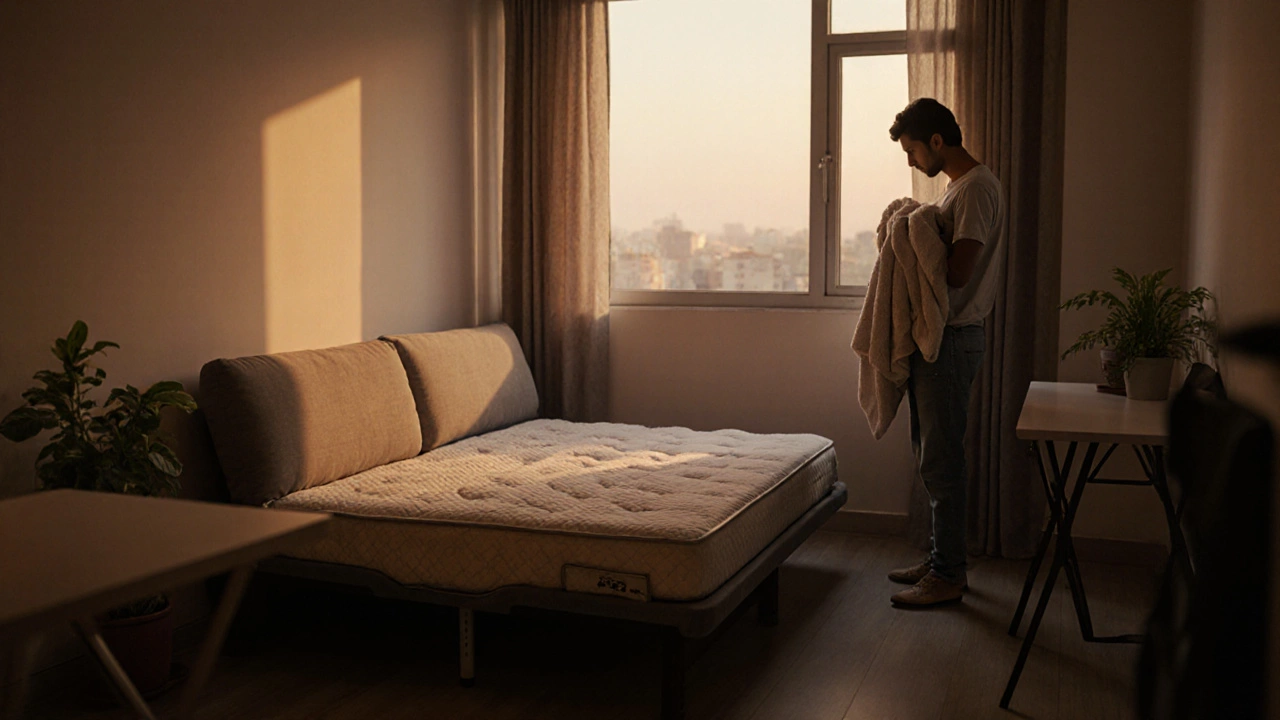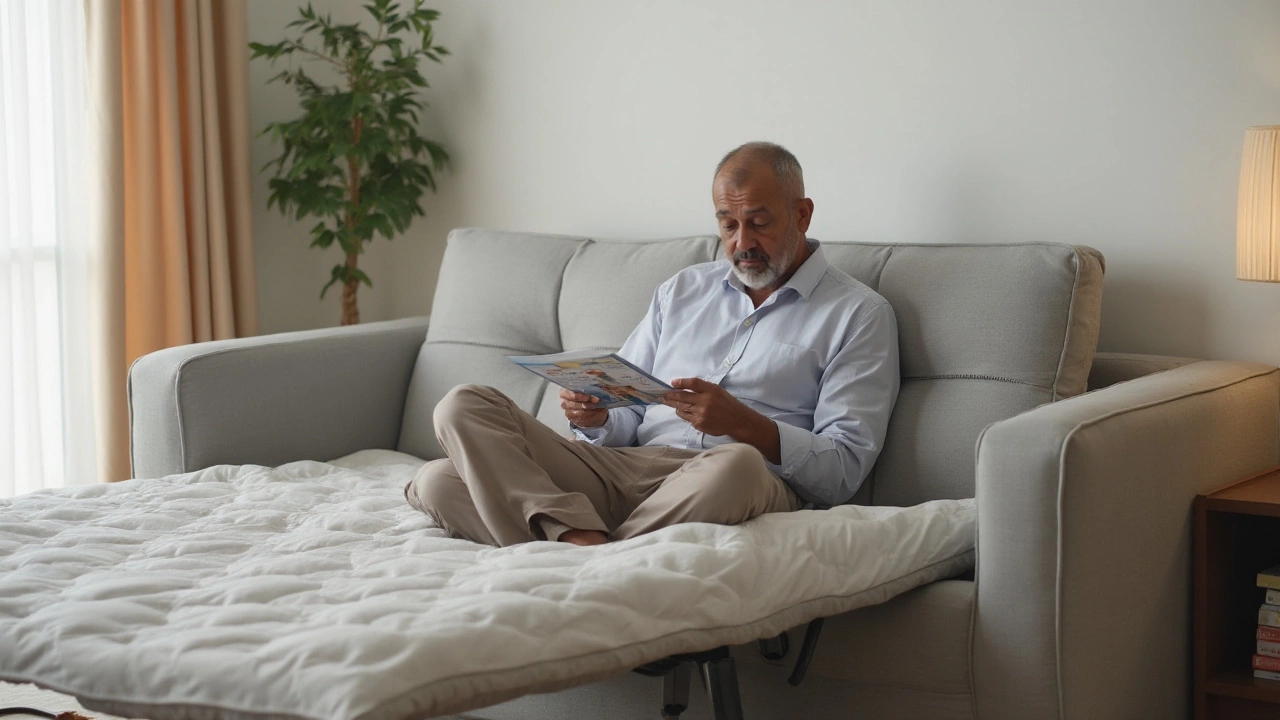Back Pain? Pick the Right Sofa to Stay Comfortable
If you spend a lot of time on the couch, a painful back can turn relaxation into a chore. The good news? Your sofa choices and sitting habits play a huge role in how your spine feels. By looking for a few key features and adding a couple of simple tricks, you can sit longer without that nagging ache.
Key Features to Look for in a Sofa
First, check the cushion firmness. A couch that’s too soft lets you sink in, pulling your spine out of alignment. A medium‑firm cushion keeps the hips and lower back supported while still feeling plush. Test it by sitting down and seeing if you can keep a slight gap between the back of your knees and the seat – that’s a sign of proper depth.
Second, pay attention to the backrest angle. A slight recline (about 100‑110 degrees) eases pressure on the lumbar area. If the sofa has an adjustable back, you can fine‑tune the angle to match your natural curve.Third, look for built‑in lumbar support. Some modern designs include a soft ridge or removable pad that fits into the lower back. If you don’t see that, a firm lumbar pillow can do the trick.
Lastly, consider the frame. Hardwood frames (like oak or maple) stay sturdy over years and prevent the couch from sagging. A sagging sofa forces you to hunch, which quickly leads to pain.
Simple Ways to Reduce Back Pain at Home
Even the best sofa can’t fix poor posture. When you sit, keep your feet flat on the floor and your knees at about a 90‑degree angle. If your legs don’t reach the floor, use a footstool to maintain that angle.
Use a small, firm pillow or a rolled‑up towel behind your lower back. This supports the natural curve and stops the chair from flattening your spine.
Take micro‑breaks. Every 30‑45 minutes, stand up, stretch, or walk around for a minute. That tiny movement resets blood flow and relieves tension that builds up while you’re seated.
Finally, keep the sofa away from the TV or bookshelf if you’re constantly turning your head. Arrange the room so you can face the main focal point straight on, minimizing neck twist and upper‑back strain.
Putting these tips into practice doesn’t mean you have to buy a brand‑new couch overnight. Start with a simple lumbar pillow and a footstool, then assess whether your current sofa’s firmness and angle meet the basics. If they don’t, consider swapping the cushion or upgrading to a model that offers the right support.
In short, a well‑chosen sofa combined with mindful sitting habits can make a big difference for anyone dealing with back pain. Use the guide above next time you shop or rearrange your living room – your spine will thank you.
Sleeping on a Sofa Bed Every Night: Health Risks and Practical Tips
Find out if sleeping on a sofa bed every night is healthy, how mattress type, spine support and hygiene affect comfort, and get practical tips to improve safety and durability.
Do Doctors Recommend Recliners? What You Should Know
Wondering if your doctor would actually suggest getting a recliner? This article breaks down what medical experts think, the benefits and risks, and how to get the most out of your chair for your health. Find out which types help with pain, why body position matters, and what to look for if you're buying one. Get honest facts and handy tips without any fluff.
Is Sleeping on a Sofa Bed Hurting Your Back?
Many people ponder whether it's harmful to catch their z's on a sofa bed. This article delves into how sleeping on a sofa bed impacts your back health. We explore the design of sofa beds, their firmness, and materials to understand their implications on the spinal posture. Helpful tips and alternatives are provided for those who frequently use sofa beds. Understanding these factors can help you make informed decisions about your sleep settings.







